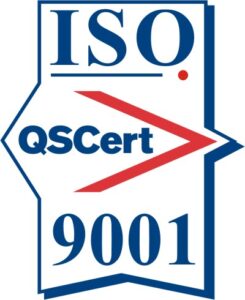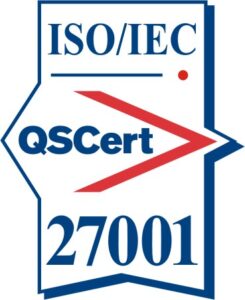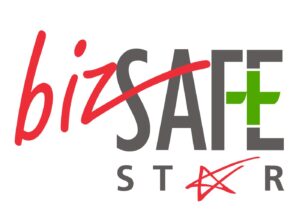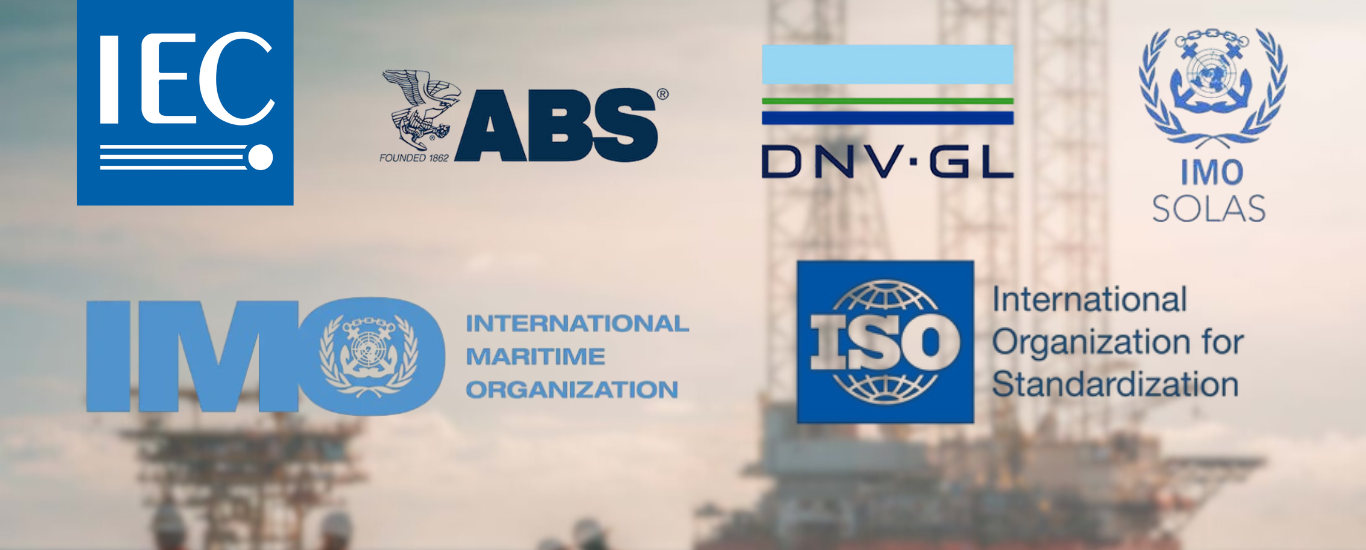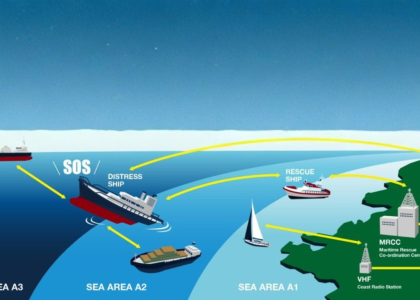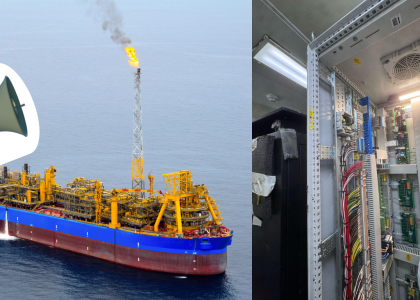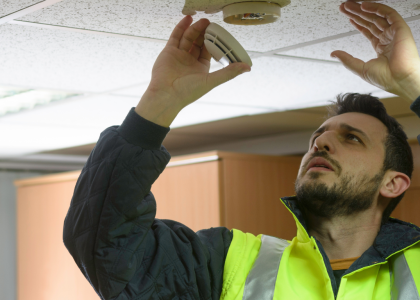How do we ensure that offshore emergency systems meet global expectations for safety and reliability? That’s where international standards for offshore emergency systems come in.
In the high-risk environments of offshore oil and gas platforms, FPSOs, and marine vessels, emergency systems are not optional they are mission-critical. These systems must function flawlessly under pressure to protect lives, assets, and the environment.
In this blog, we’ll explore the key global standards that govern the design, installation, and operation of offshore emergency systems, including fire and gas detection, emergency shutdown (ESD), evacuation alarms, and more.
Why International Standards Matter Offshore
Offshore facilities are complex environments that combine high-pressure operations, flammable materials, and remote locations. Emergency systems must:
- Detect and respond to fire, gas, or explosion risks
- Ensure fast, safe shutdowns
- Support communication and evacuation procedures
To achieve this, companies follow globally recognized standards that set the benchmark for safety, compliance, and interoperability across regions.
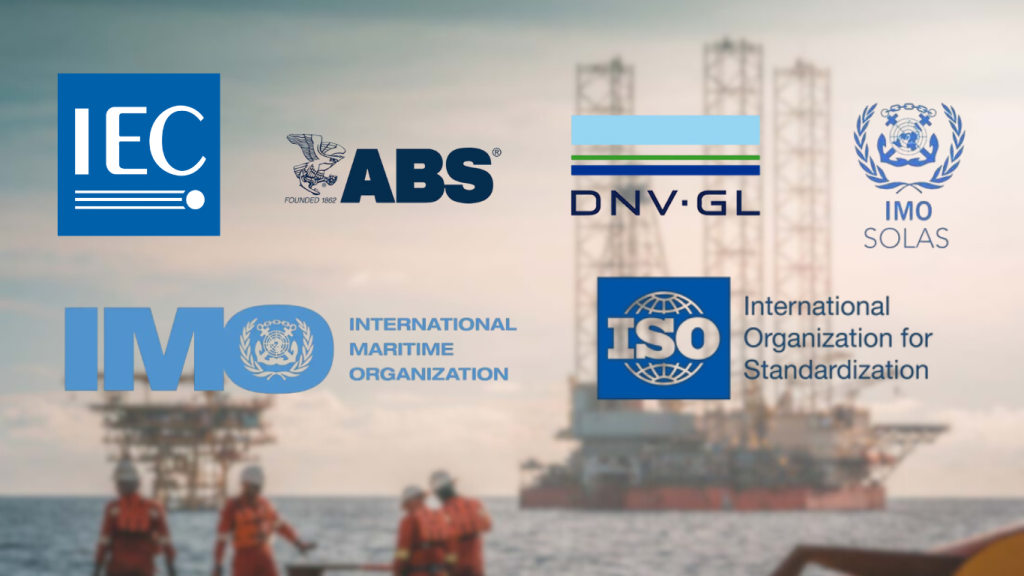
Key International Standards for Offshore Emergency Systems
1. IMO SOLAS (Safety of Life at Sea)
- Emergency shutdown (ESD) systems
- Fire detection and suppression
- Lifesaving appliances (lifeboats, life rafts)
- Emergency lighting and escape route signage
- GMDSS (Global Maritime Distress and Safety System)
Applicability: All offshore vessels and floating installations.
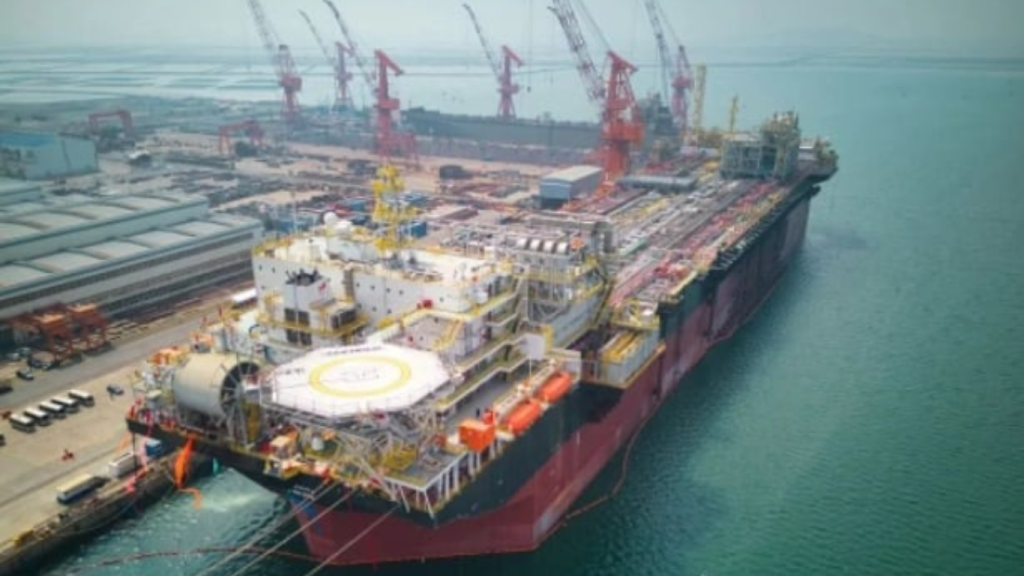
2. IEC Standards (International Electrotechnical Commission)
IEC develops technical standards for electrical and electronic systems in offshore units.
- IEC 61892 series: Offshore electrical installations
- Part 7: Hazardous area classification
- Part 7-4: Emergency shutdown systems
- IEC 61508 / 61511: Functional safety for safety-instrumented systems like fire and gas (F&G)
- IEC 60092-350: Electrical safety systems in marine installations
Applicability: Mobile and fixed offshore units, FPSOs, jack-ups, and rigs.
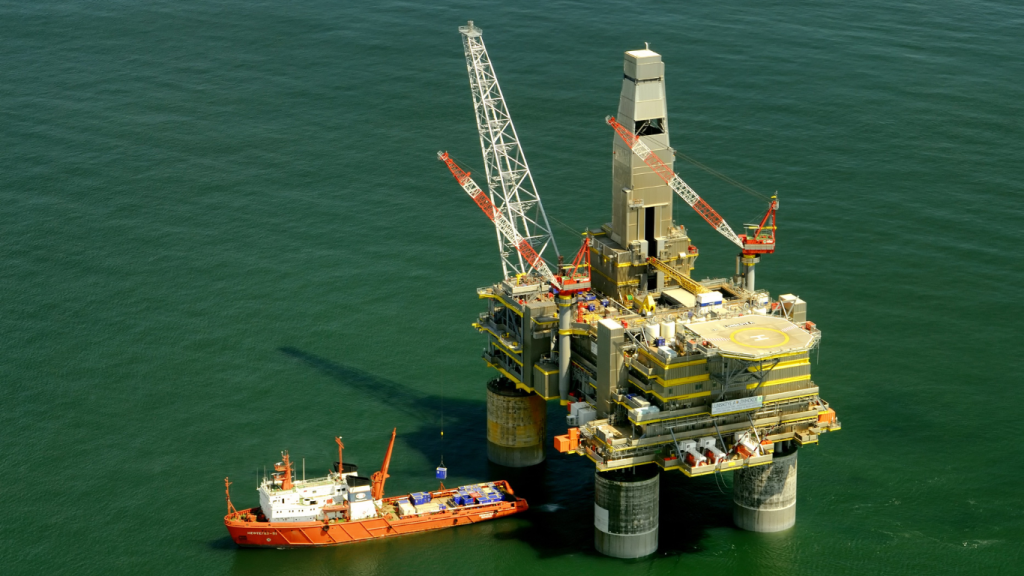
3. ISO Standards (International Organization for Standardization)
- ISO 13702 – Guidelines for fire and explosion control on offshore production platforms
- ISO 15544 – Emergency response requirements for offshore installations
- ISO 19901-7 – Station keeping systems for floating offshore structures
These standards are often referenced in offshore engineering design, procurement, and risk assessments.
4. Classification Society Standards
Organizations like DNV, ABS, and Lloyd’s Register issue offshore safety guidelines:
- DNV-OS-D301: Fire protection
- DNV-OS-A101: Safety principles and arrangements
- ABS Marine Vessel Rules: Cover ESD, fire protection, alarms, and lifesaving equipment
Note: Classification society approval is often mandatory for insurance and flag-state compliance.
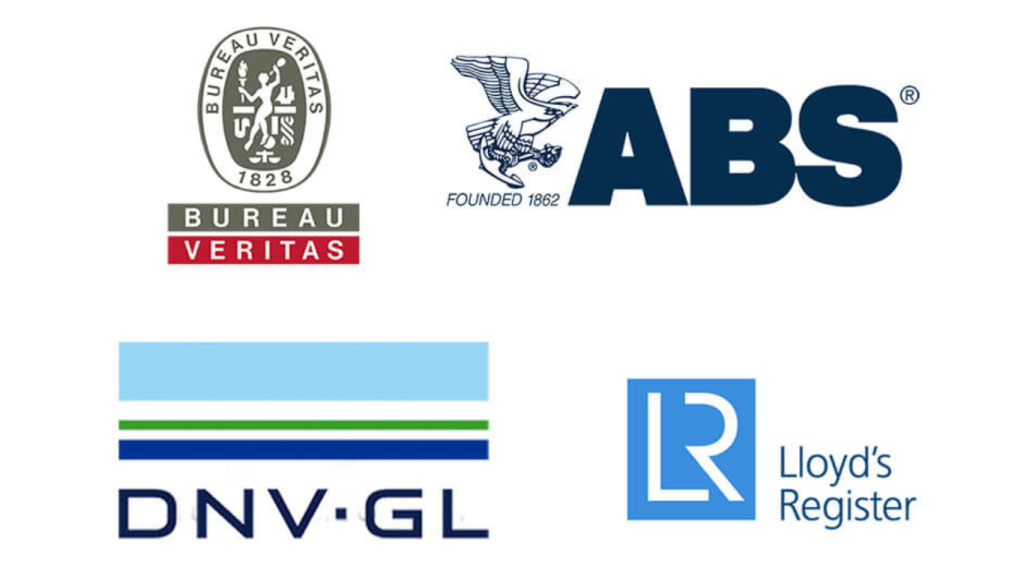
5. NFPA Standards (National Fire Protection Association)
Widely referenced for fire protection:
- NFPA 72 – Fire alarm systems
- NFPA 70 / NEC – Electrical installations, including hazardous areas
- NFPA 750 / 2001 – Clean agent and water mist suppression systems
6. GMDSS: Global Maritime Distress and Safety System
GMDSS ensures ships and offshore units can send distress signals via satellite and radio. Equipment must comply with:
- SOLAS Chapter IV
- IEC 60945 for maritime electronic equipment
- ITU regulations for global communication frequencies
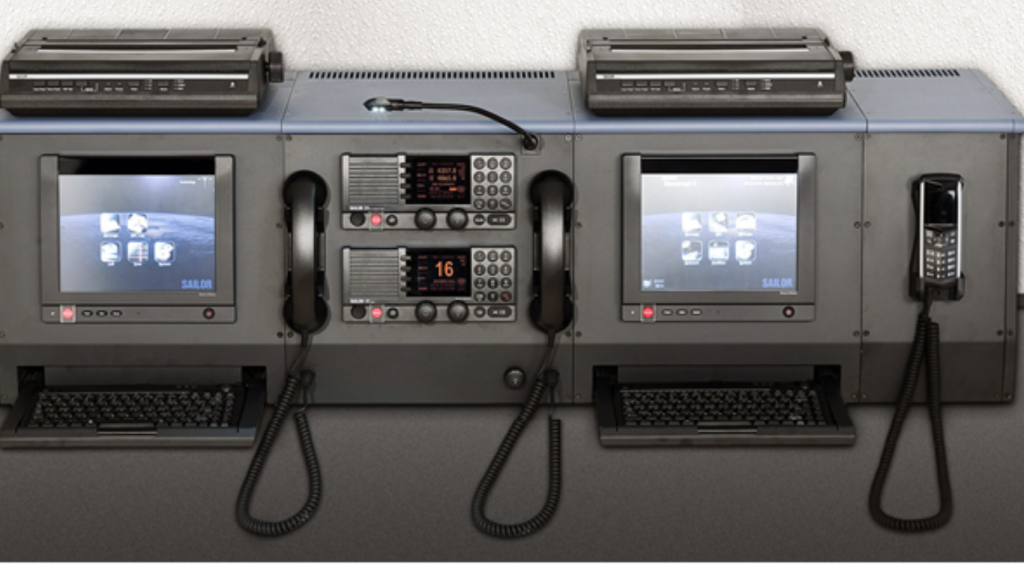
7. ATEX and IECEx Certification for Hazardous Areas
Emergency systems in explosive atmospheres must be certified under:
- ATEX Directive 2014/34/EU (Europe)
- IECEx Scheme (global)
This applies to devices like gas detectors, fire alarms, and emergency lights in hazardous zones.
8. Industry Standards: API and NORSOK
For offshore oil & gas:
- API RP 14C – Safety systems on offshore production facilities
- API RP 75 – Safety and Environmental Management Systems (SEMS)
- NORSOK S-001 – Technical safety for offshore structures
These are often required by operators and regulatory bodies in the US and Norwegian sectors.
Meeting international standards for offshore emergency systems is more than a legal requirement it’s a commitment to safety, sustainability, and operational excellence.
Upgrade Your Offshore Emergency Systems with Vivo
At Vivo Asia, our expert team ensures your offshore emergency systems meet all international standards like IMO SOLAS and IEC 61892. We specialize in upgrading fire, gas, ESD, and communication systems for FPSOs and offshore platforms.
Trust Vivo to keep your operations safe and compliant. Reach out to us on contact@vivoasia.com for more information.



